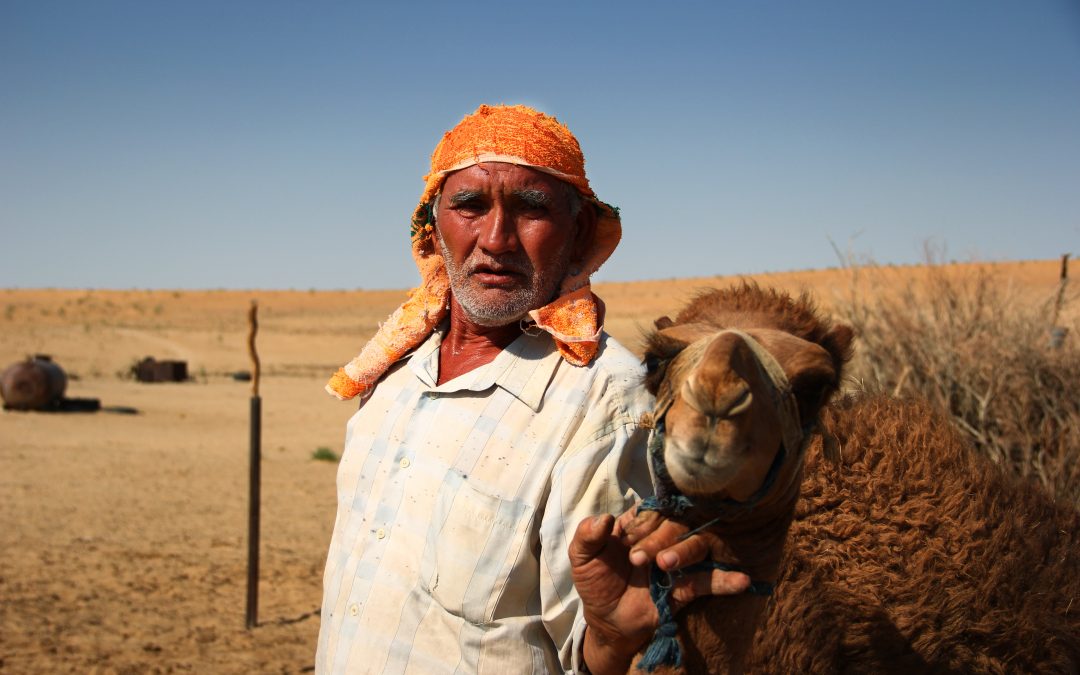by Robin Ewing
July 24, 2013
We have 42 hours to cross Turkmenistan or risk fines, interrogation and a lifetime ban. We will take the only road from Turkmenbashi to the capital Ashgabat and then head directly north to the Darvaza gas craters and exit into Uzbekistan.
It’s midnight, we’re exhausted and have more than 350 miles to Ashgabat on roads so bad they don’t deserve to be called roads. We’ve lost the Bandits (they have their own extraordinary Turkmenistan experience but that’s another story…) and potholes the size of kiddie pools keep us at about 20 mph for hours. Illuminated by the full moon, the landscape is barren, stretching out flat and dark, mountains in the distance. Occasionally, we pass mysterious compounds lit like small cities and surrounded by razor wire. Small animals, maybe foxes or wild dogs, lope by, their eyes glowing green. We see no one.
Jamie and Wardlaw sleep in the back and I drive in silence, watching herds of grazing camels in the dawn light. A woman in a long dress with a patterned scarf wound around her face sweeps the dust from the highway with an old broom, more dust billowing around her. It seems the most Sisyphean task in the world. I stop at a lonely gas station and fill up the car for less than $20.
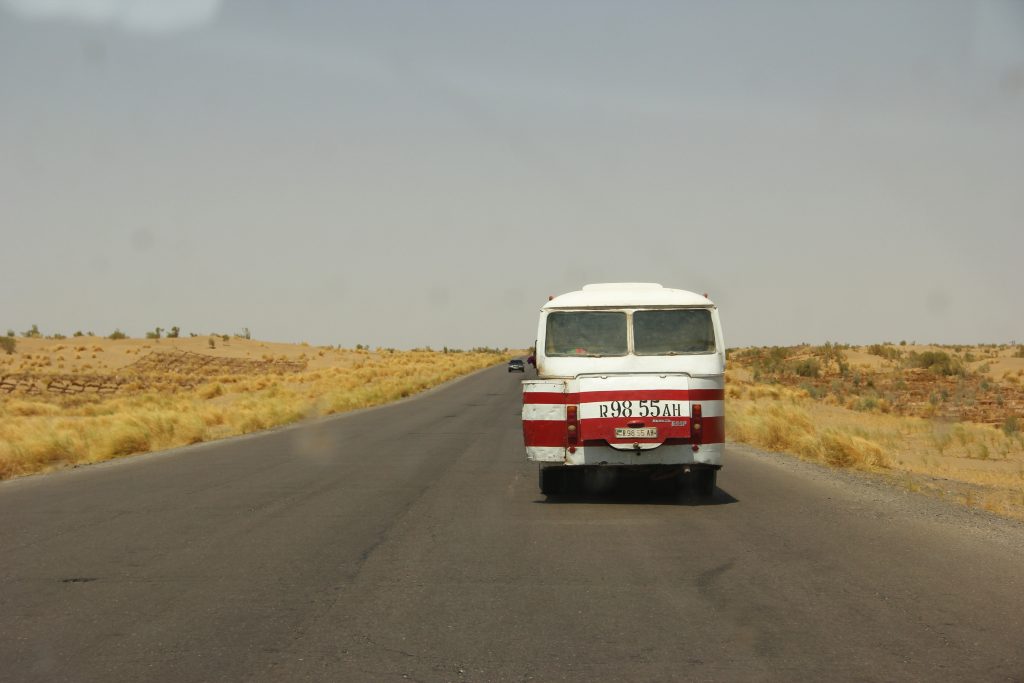
Ashgabat rises from the desert and suddenly we are navigating the bizarre capital. Expansive white-marble buildings with gold and blue domes fill entire square blocks, and elaborate white streetlights frame gold bridges and gold statues. Needle-like gold monuments rise up from the broad streets. The thermostat is already at 40C/104F. It’s surreal in the early morning haze of no sleep. I look for the 40-foot gold statue of the late President for Life Saparmurat Niyazov that revolves with the sun. Later, I hear it has been torn down.
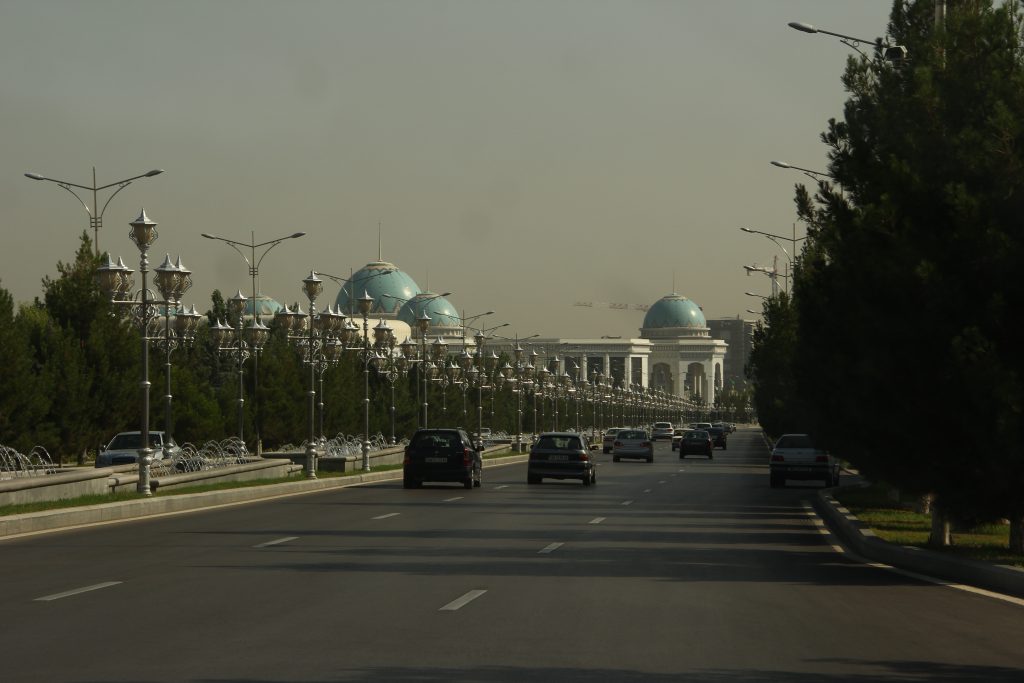
At a market, a man with thick arms and a fitted shirt silently appears and grabs Jamie by the elbow. No photos he says in a deep voice. A little later, Jamie and Wardlaw ignore the warning. Suddenly they are surrounded by a group of aggressive men who jostle with Jamie for his camera and delete the photos. A woman looks at me and points to her eyes. I am being watched. I feel like I’m in a spy movie.
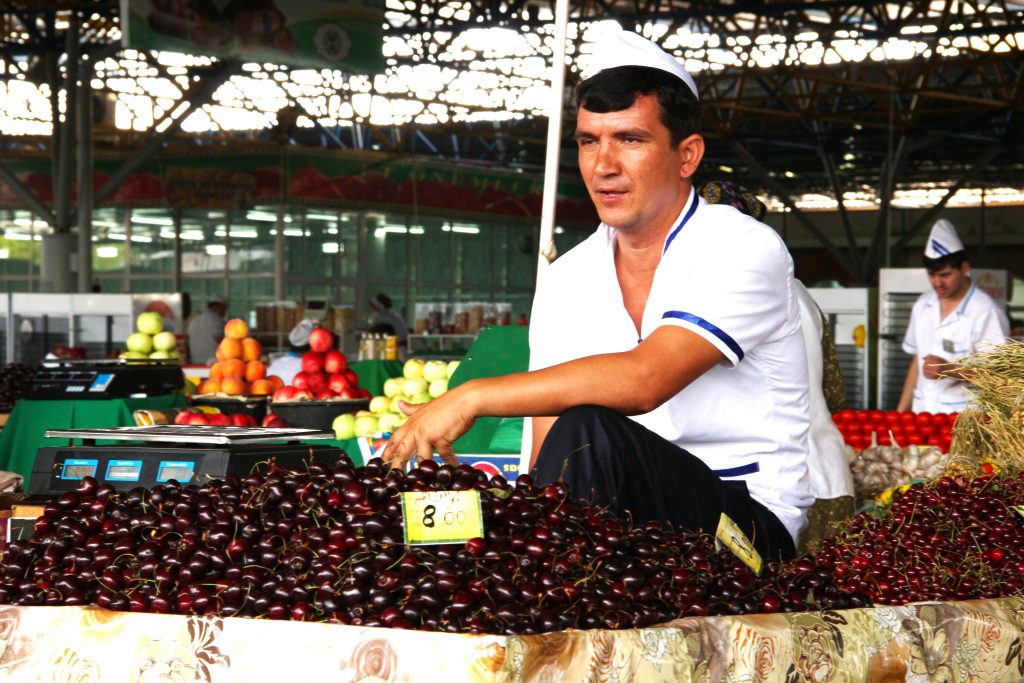
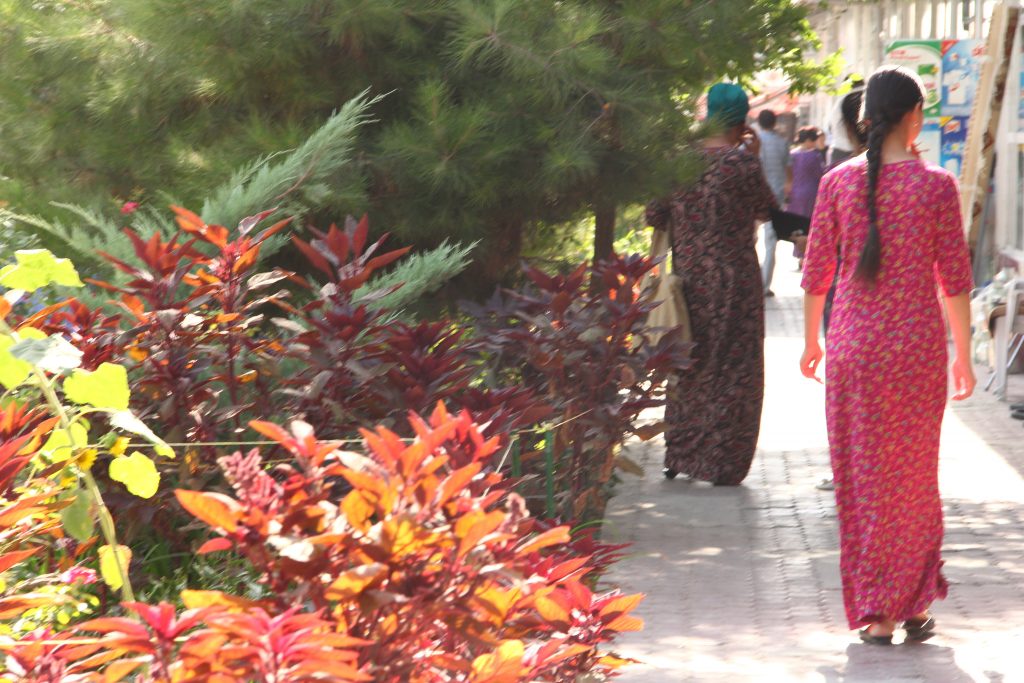
We head out of the city and into the Karakum Desert, rolling sand dunes, wayward camels and dim, battered shacks filled with crouching silhouettes. The temperature climbs to 51C/124F. We are looking for the Darvesa gas crater, also called the “Door to Hell” (and sometimes “Hell’s Gate”).
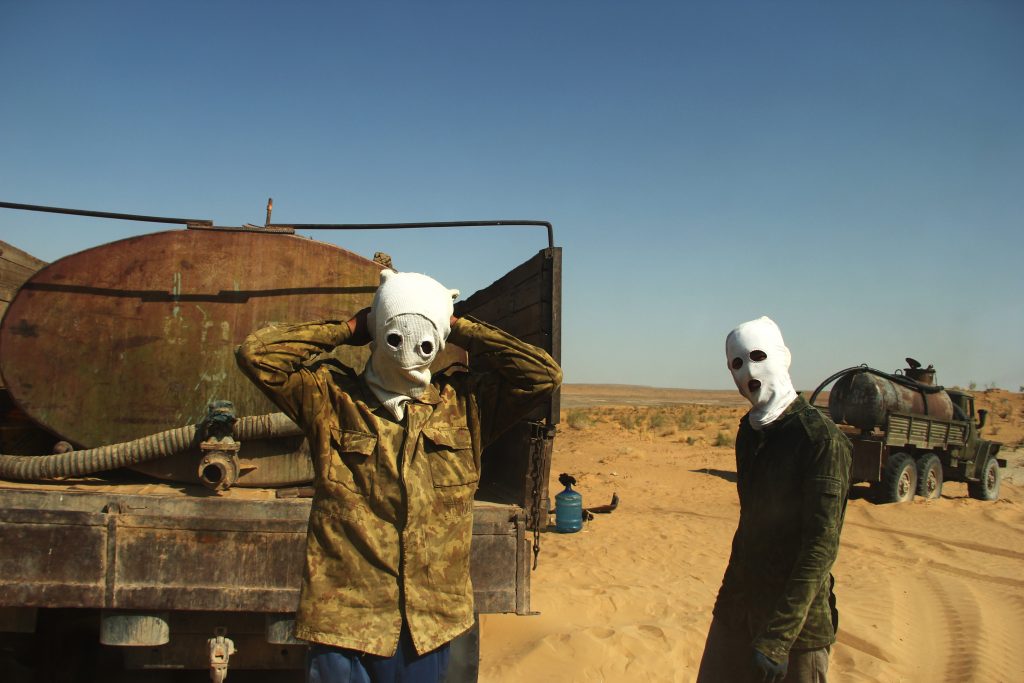
The door to hell is a giant, burning hole accidently created by the Soviets in 1971. When a cavern of natural gas collapsed creating a 230-foot wide crater, geologists thought they could burn off the poisonous gas by setting it on fire. It is still burning.
It is also very hard to find. Nine years ago Niyazov said the town of Darvesa was ugly so it was demolished. Now, only a few ragged tea stands set among some dusty rubble on the side of the road mark the spot. The main crater is a few miles before, down an unmarked and winding, deep sand road. We ask everyone but we still can’t find it.
Then we find the right person. A bow-legged, barefoot man with a scarf tied around his head motions for us all to get in his Landcruiser and then he drives straight into the dunes. He is the best driver I have ever seen, coasting through deep sand and navigating the desert dunes like it is a racetrack. He has pantomimed that he is taking us to the crater, but instead we stop a tiny adobe-brick hut all alone on a dune. The camels need milking.

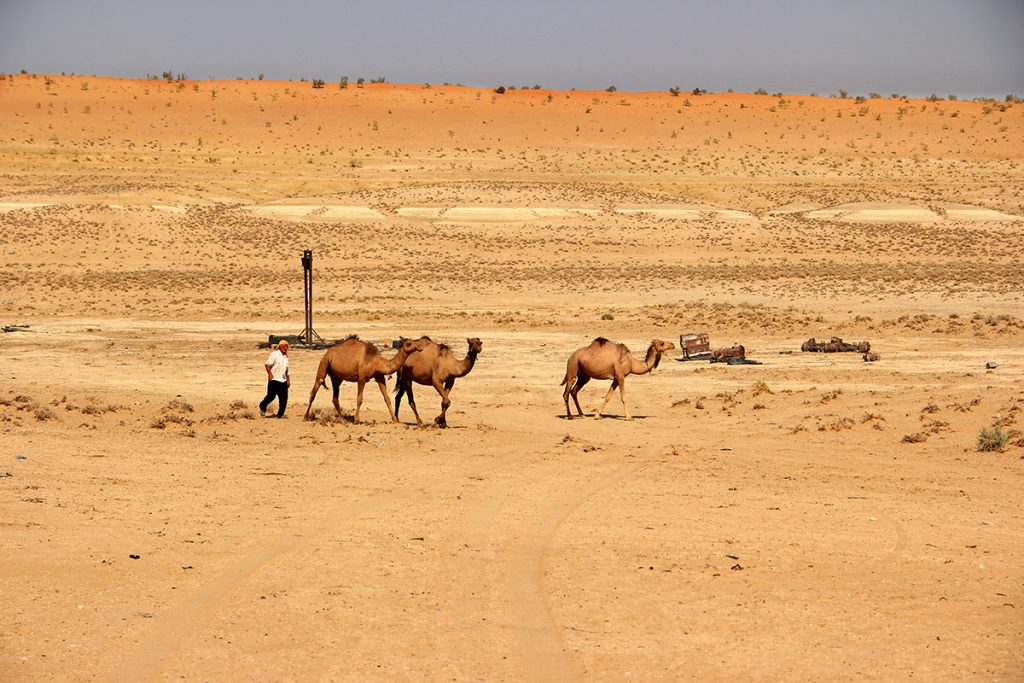
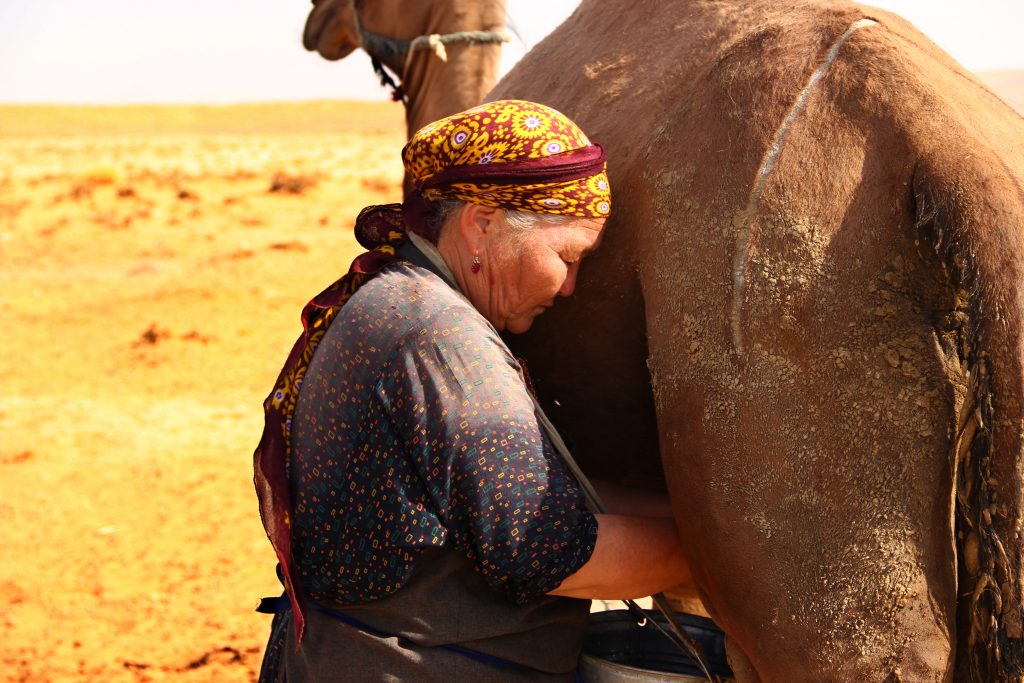
If you’ve never heard a baby camel cry, it’s a deep moaning sound, like someone lying injured in a ditch groaning for help. It’s horrible. And they had six moaning babies. We spent almost two hours watching the man and his wife milk the camels, using the babies to get the milking started. We mostly huddled under a sliver of shade from the hut wall to escape the intense 52 degree heat.
Then we were off again, coasting the dunes on a crisscross of sand roads. We pulled over and the man, still barefoot, jumped out and pointed down a dune. The crater.
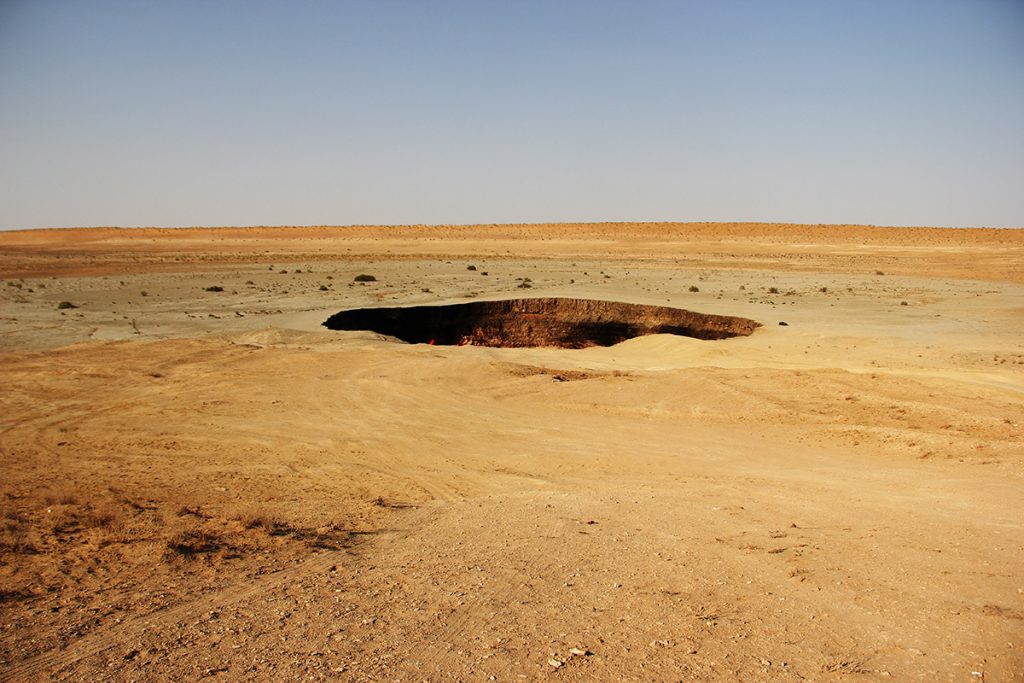
The door to hell gapes open in the middle of the dunes, unmarked with nothing to stop you from driving straight in. Looking down into it feels like standing on the lip of a volcano. The flames from the bottom make it too hot to get really close. In the daytime it is both eerie and mesmerizing; I can only imagine what it looks like at night with the glow shooting up from the ground.
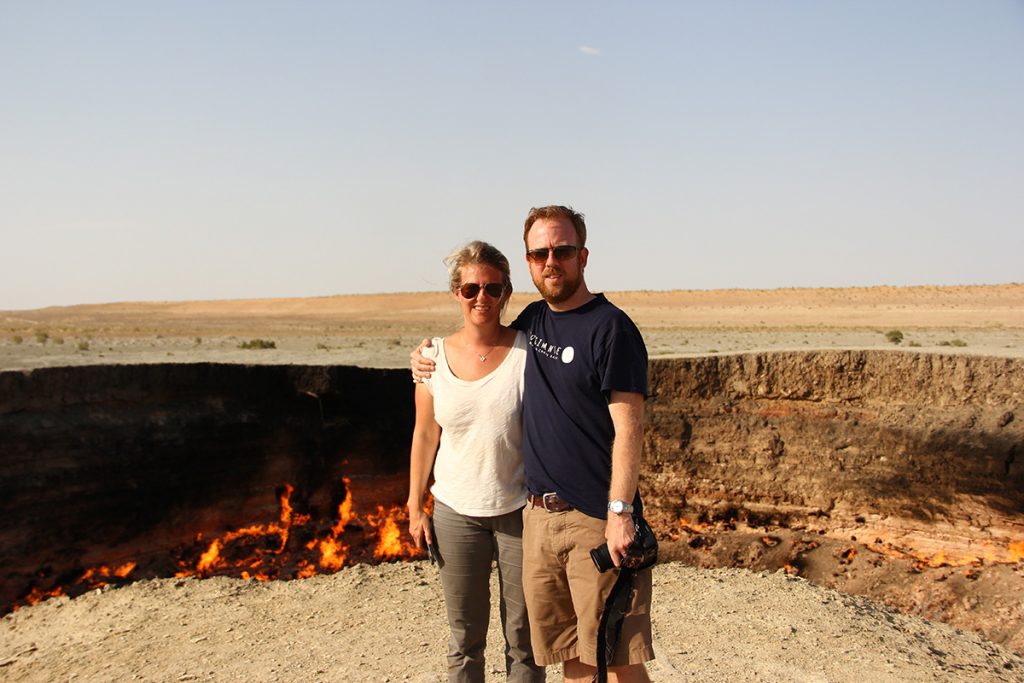
After another pit stop at our new friend’s hut for fresh, sweet camel yogurt and tangy, watery camel’s milk (Jamie just pretended to drink) on a blanket outside and we were back in the Cannonball Run for the border.

